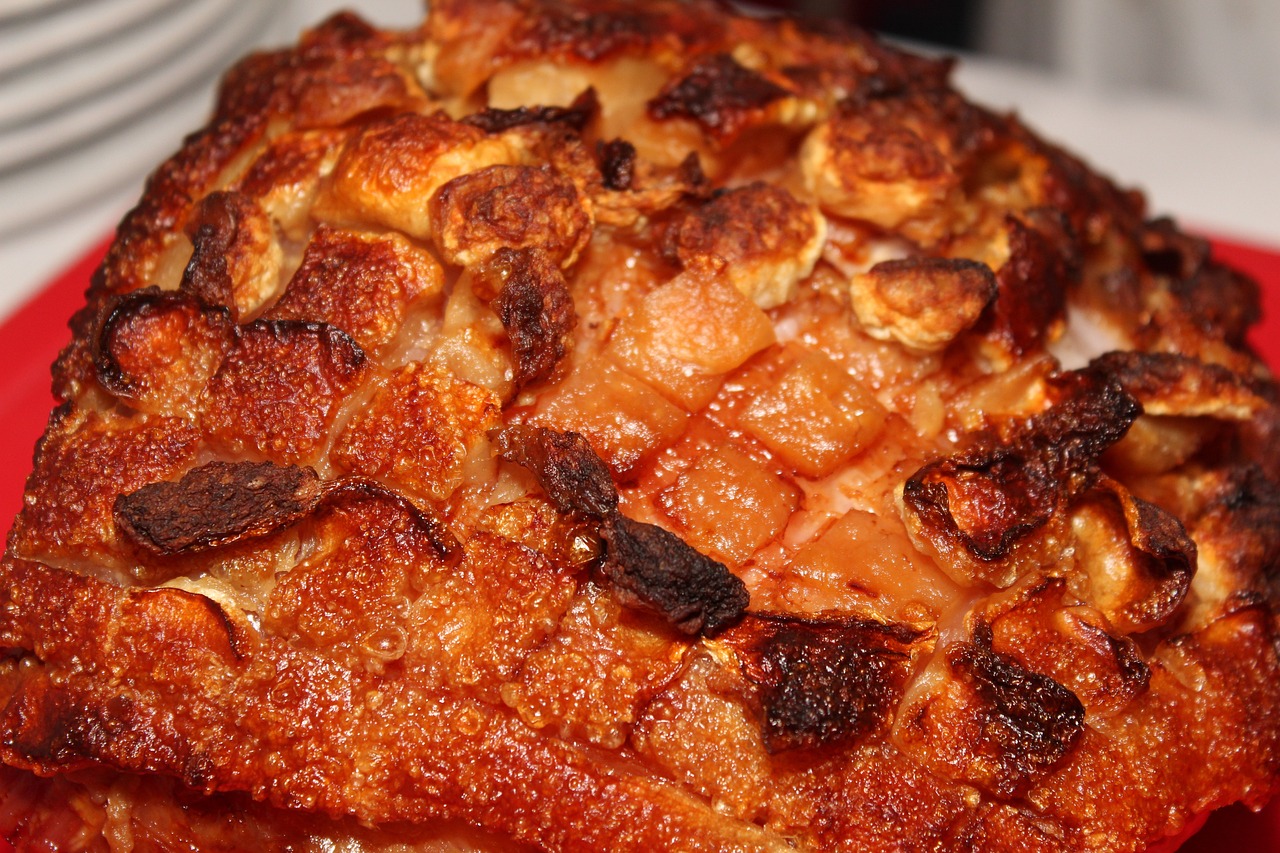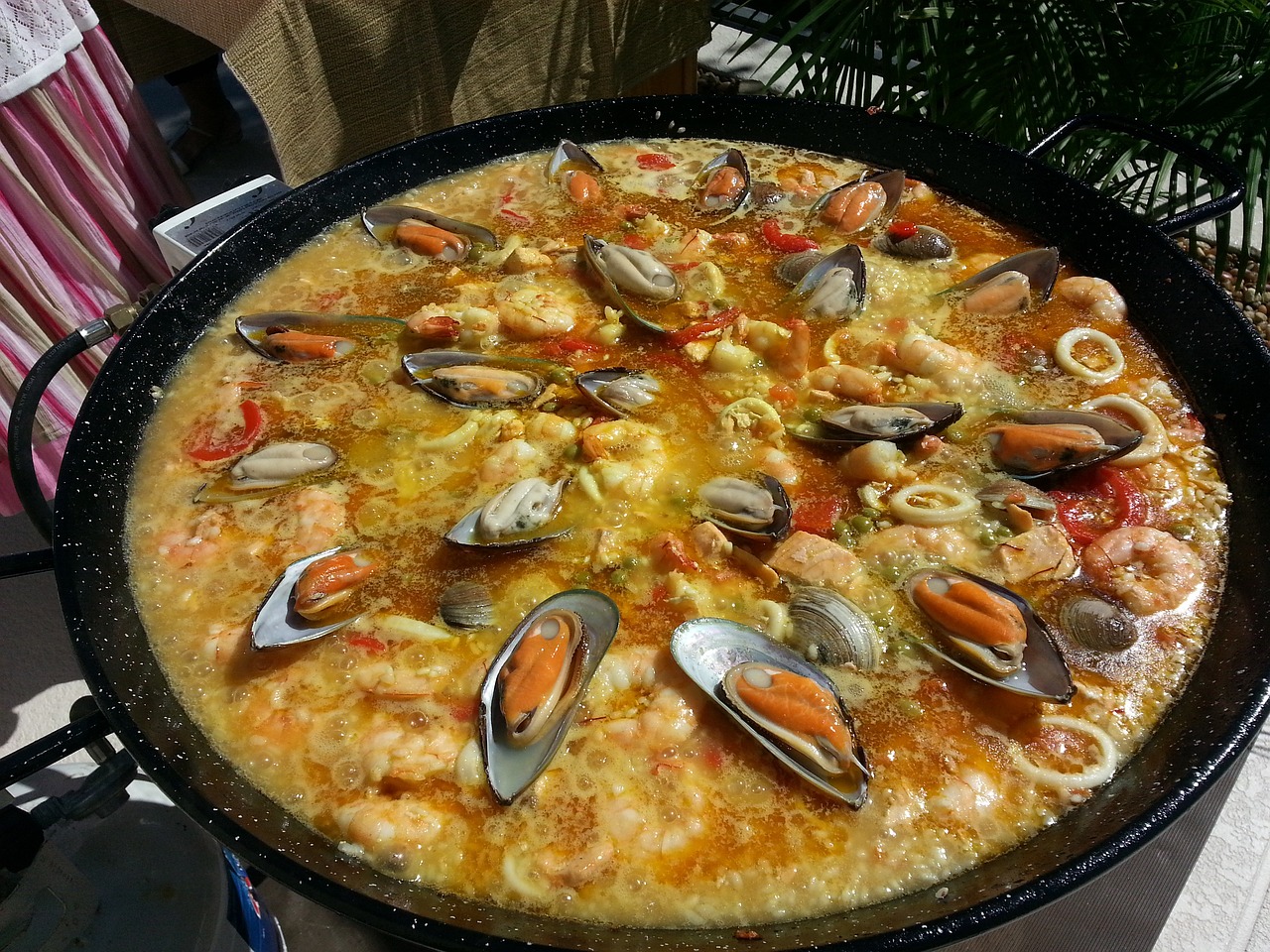Cochinillo Asado: Spanish Roast Suckling Pig

When it comes to indulging in a truly remarkable culinary experience, few dishes can rival the exquisite taste and cultural significance of Cochinillo Asado. This traditional Spanish roast suckling pig is a delicacy that has delighted palates for centuries, bringing together flavors and traditions in a symphony of culinary delight.
History of Cochinillo Asado
The history of Cochinillo Asado, or Spanish Roast Suckling Pig, is deeply rooted in Spanish culinary traditions, dating back centuries to medieval times. This delectable dish holds a special place in Spanish culture, often served during festive occasions and celebrations as a symbol of abundance and joy.
Legend has it that the origins of Cochinillo Asado can be traced back to the Castile region of Spain, where it was a favorite dish among the nobility and royalty. The method of roasting a young pig whole over an open fire or in a wood-fired oven has been passed down through generations, preserving the authenticity and unique flavor of this iconic Spanish delicacy.
Throughout history, Cochinillo Asado has been a staple dish at grand feasts and banquets, signifying wealth and hospitality. Its succulent and tender meat, encased in crispy, golden skin, has captivated the palates of food enthusiasts around the world, making it a sought-after specialty in Spanish cuisine.
Ingredients and Preparation
When it comes to preparing the delectable Spanish dish Cochinillo Asado, the key lies in the selection of high-quality ingredients and following traditional preparation methods. The star of this dish is the suckling pig, known for its tender meat and delicate flavor. To achieve the perfect Cochinillo Asado, you will need the following ingredients:
- Suckling Pig: The main ingredient, typically a young pig weighing around 4-5 kilograms.
- Garlic: Essential for flavoring the meat and enhancing the overall taste.
- White Wine: Used in the marinade to add acidity and depth of flavor.
- Olive Oil: A staple in Spanish cuisine, used for basting the pig and keeping it moist during roasting.
- Salt and Pepper: Basic seasonings to enhance the taste of the meat.
- Rosemary and Thyme: Common herbs used to infuse the pig with aromatic flavors.
The preparation of Cochinillo Asado is a meticulous process that requires attention to detail. The first step involves marinating the suckling pig with a mixture of garlic, white wine, olive oil, salt, pepper, and herbs. This marinade helps tenderize the meat and infuse it with rich flavors. The pig is then roasted in a hot oven, traditionally in a wood-fired oven, to achieve a crispy and golden skin while keeping the meat juicy and succulent.
During the roasting process, the pig is typically placed on a special rotisserie to ensure even cooking and optimal browning. Basting the pig with olive oil throughout the cooking process is crucial to maintain moisture and enhance the flavor profile. The result is a show-stopping centerpiece dish that delights both the eyes and the palate.
Popular Variations
When it comes to Cochinillo Asado, the popular variations of this traditional Spanish dish add a delightful twist to the classic recipe. Spanning across different regions of Spain, each variation brings its unique flavor profile and cooking techniques to the table, making the culinary journey even more exciting and diverse.
Let's explore some of the popular variations of Cochinillo Asado that have captivated the taste buds of locals and tourists alike:
- Segovian Style: Originating from the historic city of Segovia, this variation is known for its simplicity and focus on the quality of the ingredients. The succulent suckling pig is seasoned with just salt and roasted to perfection, allowing the natural flavors to shine through.
- Catalan Twist: In Catalonia, Cochinillo Asado is often prepared with a marinade of olive oil, garlic, and a blend of aromatic herbs such as rosemary and thyme. This variation infuses the meat with a fragrant Mediterranean essence, creating a harmonious blend of flavors.
- Basque Influence: The Basque Country puts its own spin on Cochinillo Asado by incorporating local ingredients like cider and peppers into the cooking process. This variation adds a hint of sweetness and a subtle spicy kick to the dish, elevating it to a whole new level of gastronomic delight.
- Andalusian Flair: In the southern region of Andalusia, Cochinillo Asado is often accompanied by a side of refreshing gazpacho and served with a drizzle of tangy sherry vinegar. The combination of the crispy skin of the roast pig and the cool, zesty flavors of the accompaniments creates a sensory explosion in every bite.
These popular variations showcase the diverse culinary landscape of Spain and highlight the creative interpretations of Cochinillo Asado that have been passed down through generations. Whether you prefer the traditional simplicity of Segovian style or the bold flavors of the Basque variation, each rendition offers a unique gastronomic experience that is sure to leave a lasting impression on your palate.
Serving and Accompaniments
When it comes to serving Cochinillo Asado, the presentation is as crucial as the taste. Picture a grand feast where the succulent roast suckling pig takes center stage, captivating diners with its crispy skin and tender meat. The theatrical element of carving the Cochinillo at the table adds an element of excitement, creating a memorable dining experience.
Accompaniments play a vital role in enhancing the flavors of the dish. A common pairing for Cochinillo Asado is a simple salad of mixed greens dressed with a light vinaigrette. This refreshing side salad provides a contrast to the rich and savory flavors of the roast pig, balancing the meal perfectly.
Additionally, roasted or grilled vegetables such as asparagus, bell peppers, or zucchini are popular choices to serve alongside Cochinillo Asado. The caramelized notes of the vegetables complement the crispy skin of the pig, adding depth to each bite.
When it comes to beverages, traditional Spanish red wines like Rioja or Ribera del Duero are classic choices to accompany Cochinillo Asado. The robust flavors of these wines stand up well to the rich and flavorful meat, creating a harmonious pairing that elevates the dining experience.
To round off the meal, a simple dessert like flan or churros with chocolate sauce is often served. The sweetness of the dessert provides a delightful contrast to the savory main course, leaving diners satisfied and content after indulging in the flavors of this iconic Spanish dish.



 HazalVardal
HazalVardal 





